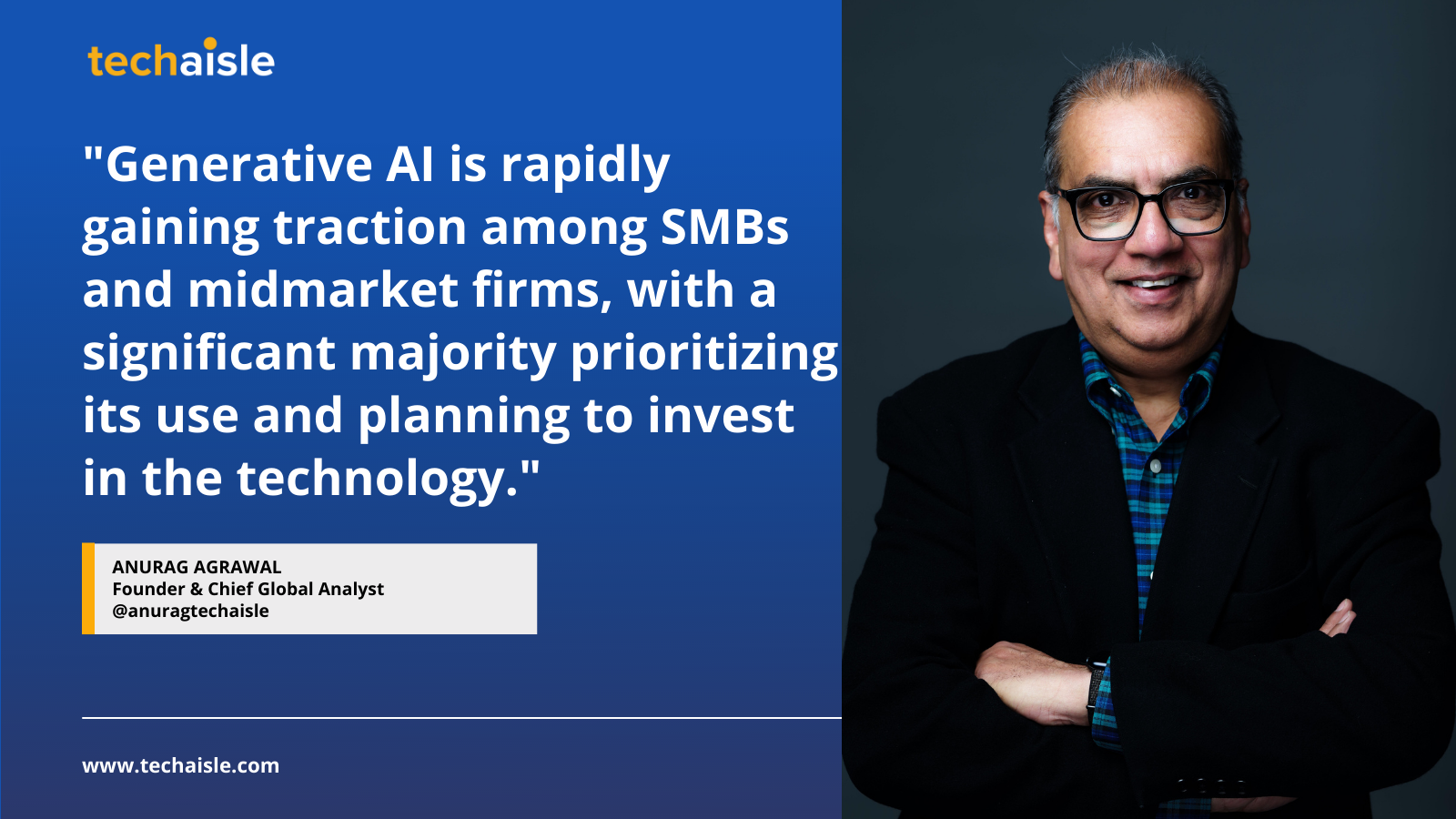Google, a trailblazer in Artificial Intelligence (AI), has made significant strides since the introduction of Transformers in 2017. These neural network architectures have revolutionized natural language processing and AI. Google’s dedication to making AI accessible and valuable for all is evident in its development of an infrastructure designed to manage vast data quantities while maintaining stringent data security.
Google’s innovations span Vertex AI, Duet AI, Google Cloud Infrastructure, and the AI Ecosystem. These components are intricately woven into its cloud services and workspace tools. Google acknowledges the necessity of staying abreast of current trends through innovation and the imperative of protecting AI models and data from potential threats.
Furthermore, Google emphasizes the value of partnering with service providers experienced in AI to help businesses maximize the benefits of AI products. Through these technological advancements and collaborative initiatives, Google aims to contribute significantly, especially to clients who may lack easy access to machine learning specialists.
Vertex AI: Google Cloud’s Platform for Generative AI Applications. How Google Cloud’s Vertex AI Enhances Gen AI Capabilities for Businesses
Google Cloud’s Vertex AI, a platform designed to assist developers in creating applications using Generative AI (Gen AI) models, offers new services such as Enterprise Search and Conversations. Since its launch in 2021, Vertex AI has been instrumental in managing the complete lifecycle of AI models, from discovery, training, tuning, and testing to evaluation, control, and deployment. Google Cloud Next 2023 announced significant enhancements to Vertex AI, focusing on how Gen AI capabilities can augment Vertex AI for businesses.












